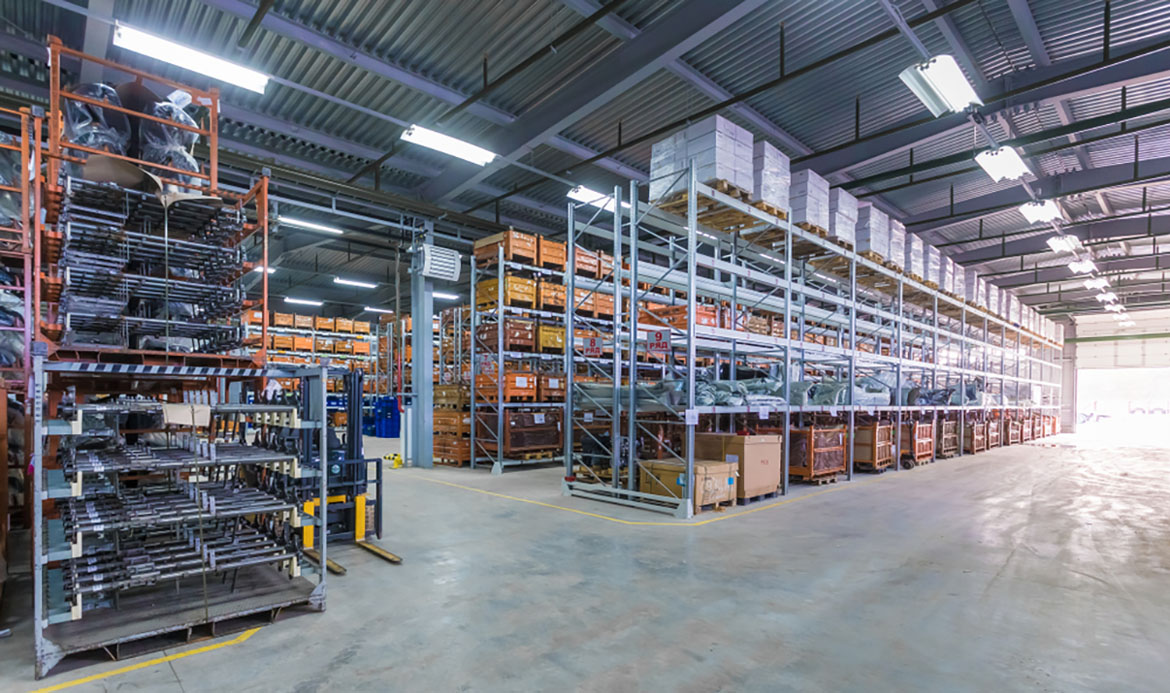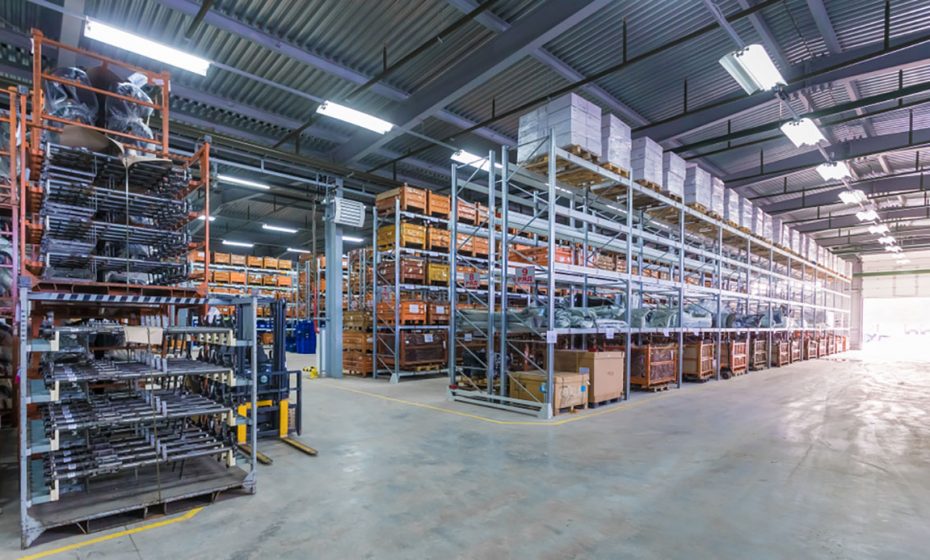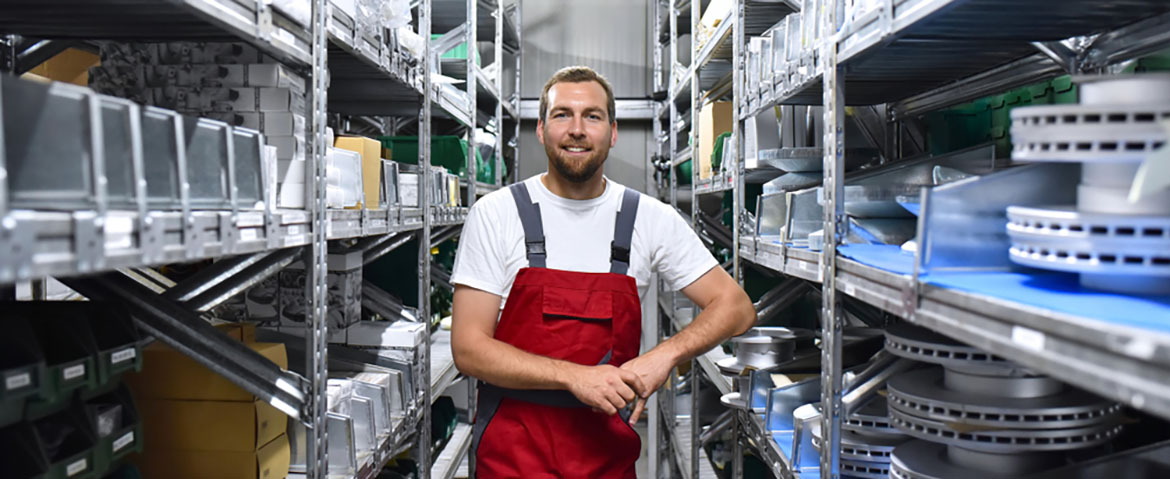
The automotive logistics industry is expected to grow at a compound annual growth rate (CAGR) of 5.8 percent over the next five years. With new players coming into the fold and aftermarket specialists creating new products for all makes and models, the industry is more complex than it’s ever been. Companies often store and ship their products to more than one destination as they make their way to the end consumer. The warehouse used to reign supreme in the automotive industry, but companies are increasingly relying on distribution centers when moving their products from one point to another.
Many people in the industry use these two terms interchangeably, but they come with different features and nuances of which every automotive company should be aware. If you’re unclear about the differences between an automotive warehouse vs. a distribution center, use this guide to differentiate the two in your head.
A Brief History of Warehousing
The humble warehouse has long dominated the automotive industry. Manufacturers and suppliers used these facilities to store as many of their products as possible onsite before shipping them off to the end consumer. With limited access to data, companies would often keep their products on the shelf for weeks, if not months, at a time until the order came in.
Find Warehouse Racking Systems
A lot has changed over the past couple of decades. Today, companies use data analytics and artificial intelligence to predict future demand for their goods. Orders are placed automatically based on stock levels. In many cases, companies and manufacturers will receive items just a few moments or days before they need them. This limits the amount of inventory companies keep on hand, which reduces overhead, product damage and the need for storage space.
The New Distribution Center Model
This has led to the rise of the automotive distribution center. These facilities often work with several different companies or clients in the industry. In addition to storing products, a distribution center may offer other services, such as repackaging products, cross docking and order fulfillment.
Distribution centers are typically the last stop before the item is delivered to the consumer. These facilities are often located in or near densely populated areas, such as major cities, with fast access to large swathes of consumers.
Companies and manufacturers will usually send their products to a distribution center close to the target consumer. When a person in the local region places an order, the item will leave the distribution center. It can usually be delivered within 24 hours or the next day for faster delivery times.
Distribution centers are inherently more complex than warehouses. They often manage and sort products from dozens of different retailers and manufacturers, while fulfilling thousands of orders every single day. They are designed to help companies serve their customers by acting as a bridge between the manufacturing site and the item’s final destination.
Distribution centers use a variety of storage containers to manage these goods. They often store goods in bulk wire baskets to keep them visible in the workplace. Workers can also use them to push items around the facility without using a lift truck.
Products usually move through a distribution center fairly quickly. They have a high flow rate as new inventory comes and goes, sometimes within just 24 hours. Warehouses, on the other hand, may store products for months at a time. They also usually ship their goods farther than distribution centers. That’s why many warehouses ship their goods in wooden crates to keep them safe during long travel times.
Warehouses typically send their goods to the distribution center in bulk using a pallet container. The team at the distribution center will then unpack and sort the products before sending them out for delivery.
With dozens of clients, distribution centers often have the resources to invest in the latest technology, such as automated pickers and stockers, voice-command picking systems and smart robots that handle goods based on their size, shape and sensitivity. This helps these companies get goods out the door as quickly as possible. It can also be used as a selling point when attracting new clients.
At the end of the day, all you need to remember is that warehouses are solely used to store products, while distribution centers feature a variety of services. Warehouses rarely ship goods directly to consumers, while distribution centers almost exclusively ship to consumers. Warehouses are typically owned by the manufacturer, while distribution centers rent space to companies looking to deliver their products to consumers as quickly as possible.
Companies can save money, decrease lead time and ensure their products arrive on time by utilizing the distribution center model.
Image credits:
Andrei Kholmov/shutterstock.com
SantiPhotoSS/shutterstock.com
industryviews/shutterstock.com


